еЬЯжЫЬжЧ•, 12жЬИ 11th, 2010...12:47 PM
Kyoto, the city of Japanese traditions and culture Part2
Reading time: About 4 minutes
Kyoto, the city of Japanese traditions and culture Part2I started the day with the breakfast at IYEMONCAFE at the center of the city. This is a café with a Suntory brand IYEMON, green tea in plastic bottles.
It was a fashionable space.
I headed for Yamazaki on the way to Osaka. One of Suntory brands, Whiskey Yamazaki, is produced here.
Myoki-an and its Tai-an are right in front of JR Yamazaki Station.
Here is one of the three tea houses that have been declared National Treasures.
This is the oldest tea house in Japan and is believed to be the only tea house designed by Sen no Rikyu.
The tea room is only as wide as two tatamis. Sen no Rikyu is said to have preferred small-sized tea rooms. The preservation of the walls is not well done, so I had to see it from outside.
In order to visit here, you have to apply to the office by sending a postcard one month in advance.
After seeing Tai-an, I returned to the center of Kyoto.
I walked around Shijo area as I had lunch, and then headed for Raku Museum.
Raku Museum displays Raku-yaki (or Raku ware), a type of Japanese pottery. This type of pottery is made only by hands and pallets, no pottery wheels, and is fired in low temperature. A man called Chojiro from Kyoto in the 16th century is the founder of Raku-yaki and the family now has its 15th master.
There is a saying in the world of the tea ceremony: вАЬRaku the first, Hagi the second, and Karatsu the thirdвАЭ. This shows that Raku-yaki has gained its reputation as the best pottery in the tea ceremony.
Visitors can actually touch the teabowls displayed here.
It is part of the manners not to raise teabowls too much from the floor and to look at them with a slouch.
I was very fortunate to have the opportunity to see those precious bowls.
I headed for the area around Nanzen Temple afterwards and visited Murin-an and Nanzen TempleвАЩs sub-temple Konchi-in.
Murin-an used to be Yamagata AritomoвАЩs villa, where they sometimes held important conferences during the Meiji period. Visitors will see a Western-style building in a Japanese-style garden. The place also commands the mountain range of Mt. Higashi.
Konchi-in is a sub-temple of Nazen Temple. Tsuru Kame no Niwa (The Garden of the Crane and the Tortoise) is particularly famous.
The event of the day was the Tea Ceremony in the Space.
Mr. Kondo, who is a tea-ceremony artist, cooperated with a Kyoto University professor inгААastrophysics and hosted this event in which participants would watch stars while having some tea.
It took place at Kwasan Observatory in Kyoto University. It is located behind the Shogunzuka (shogun grave mound), which is a noted place to see a night view of Kyoto. Such a small number of people know this place that even the taxi driver who took us here said he had never come to this place. Unauthorized entry here is prohibited.
We firstly had some Japanese confectioneries. They were Manju (a bun with a bean-jam filling) and Kompeito (pointed sugar candy balls) with soda-pop flavor. These kompeito are so popular that they sell out soon. They arranged the confectioneries to make the Milky Way.
This is a bowl named вАЬmoon surfaceвАЭ. Mr. KondoвАЩs acquaintance who is a ceramic artist made it for this event. I enjoyed seeing the ruggedness.
After we enjoyed the tea, we headed for the observatory. It used to be the universityвАЩs study base but was relocated to Hida in Gifu Prefecture due to its proximity to the urban area. However, I could still see stars with this astronomical telescope.
I saw Jupiter and the Galilean moons.
Afterwards, they guided us to other facilities in the observatory including the observation station for the sun. I was excited with great ambition.
I returned home and ended the second day.
вЦ†Related Post
Kyoto, the city of Japanese traditions and culture Part1
Kyoto, the city of Japanese traditions and culture Part2
Kyoto, the city of Japanese traditions and culture Part3









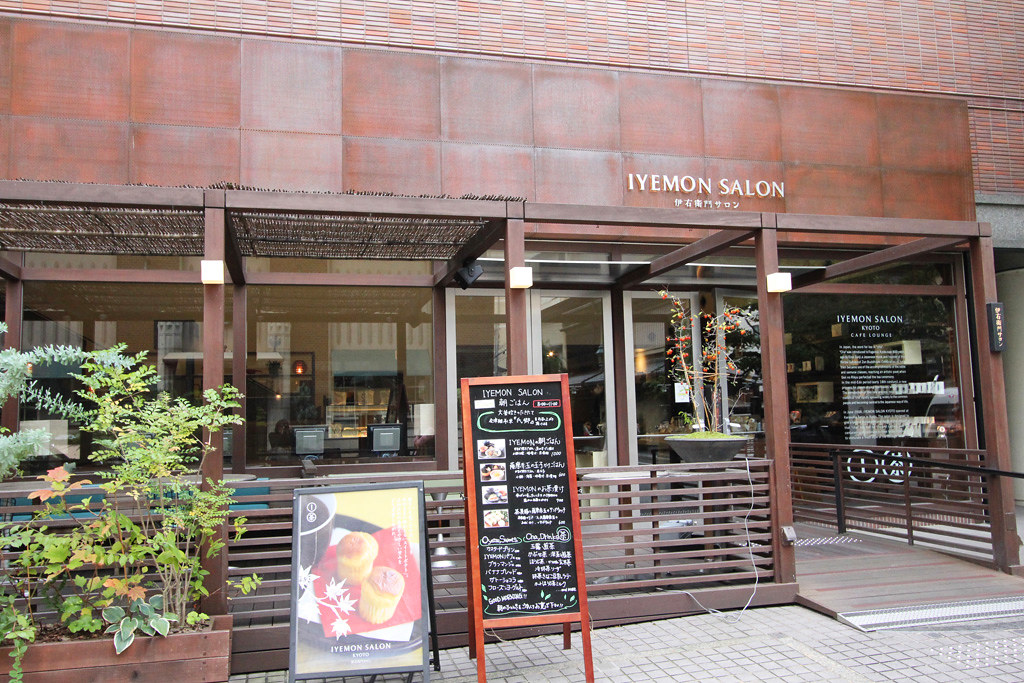

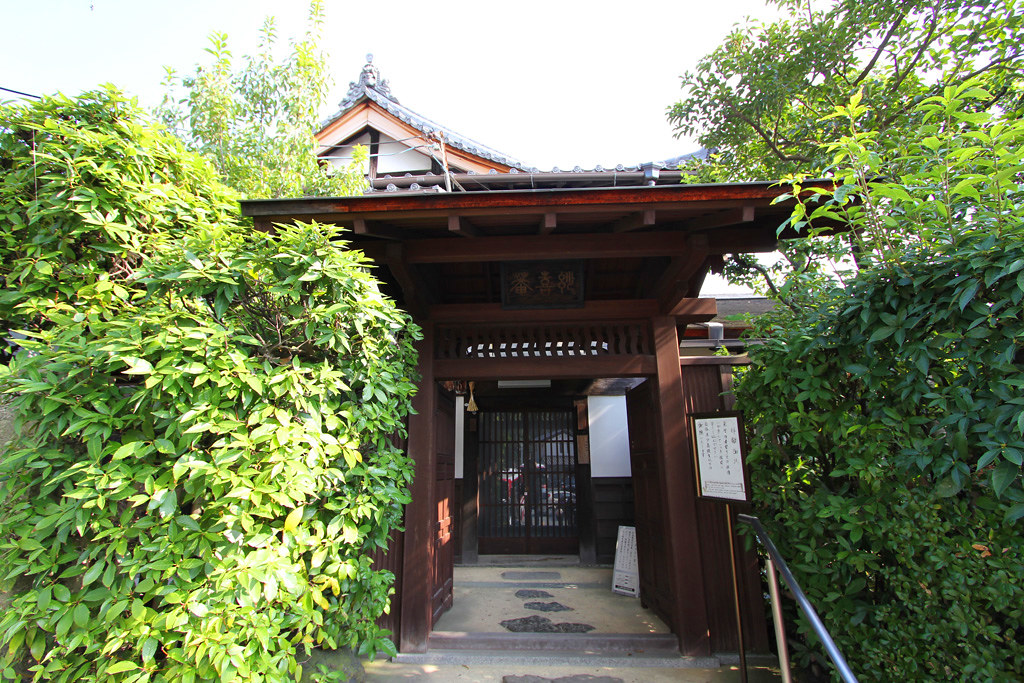

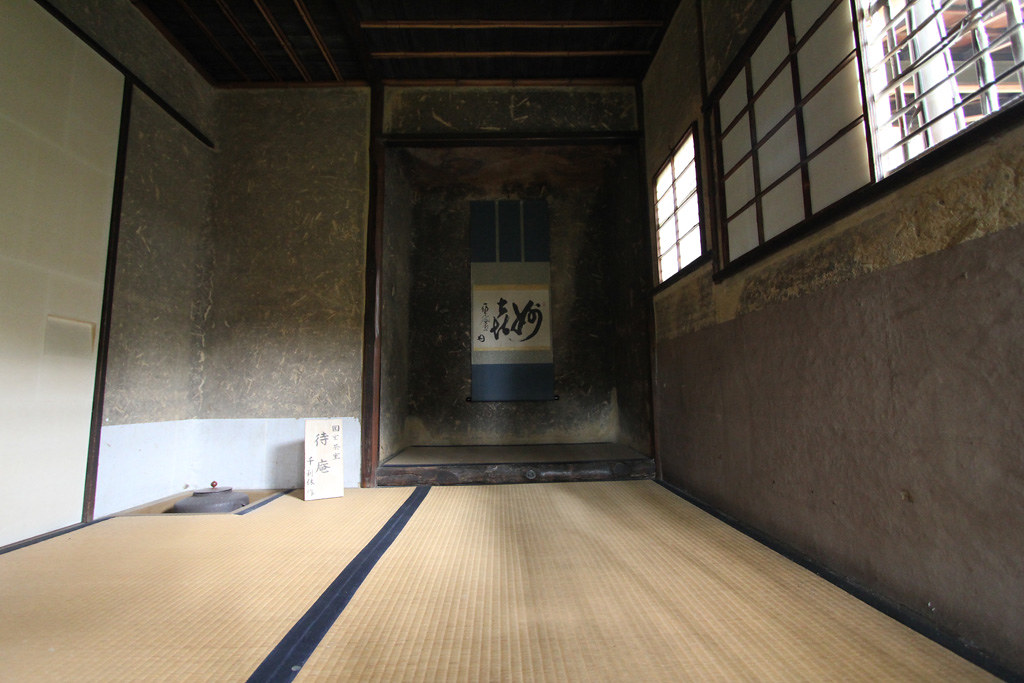
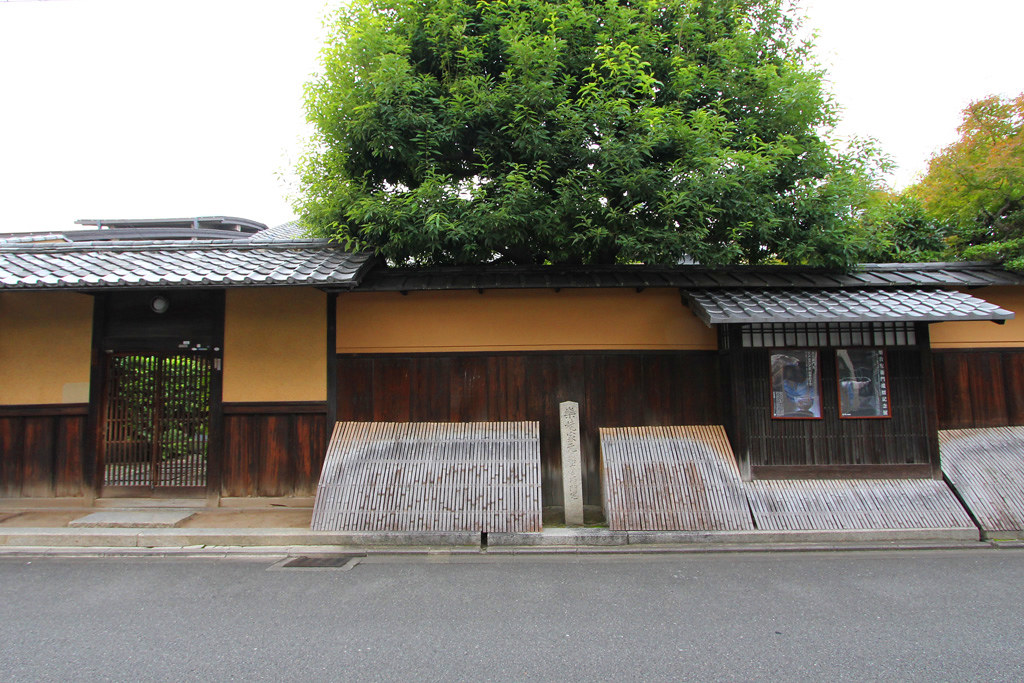



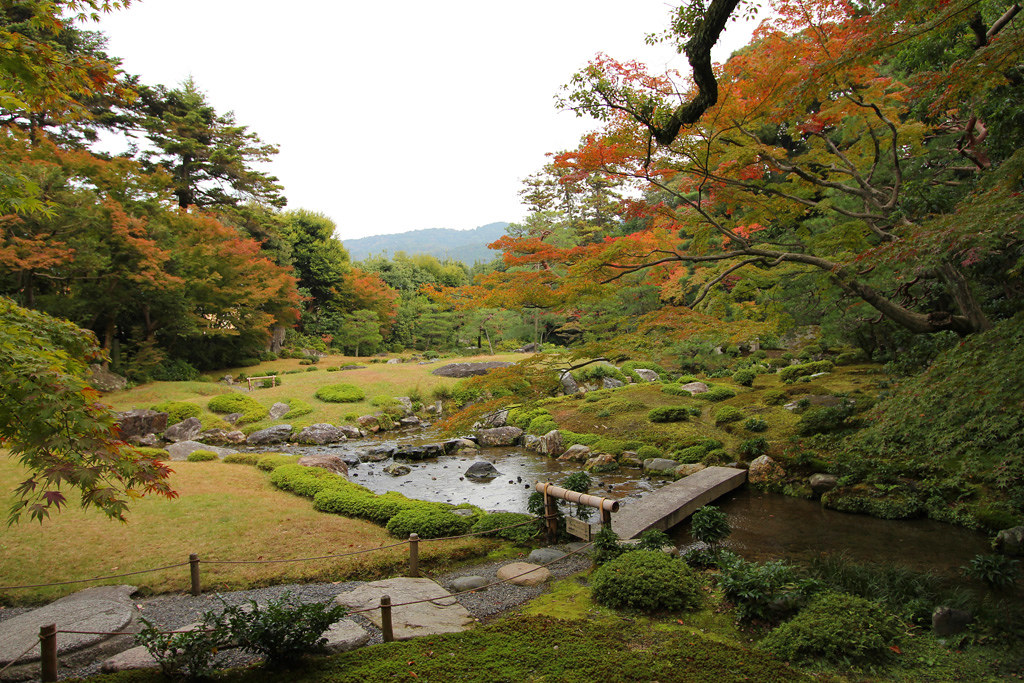
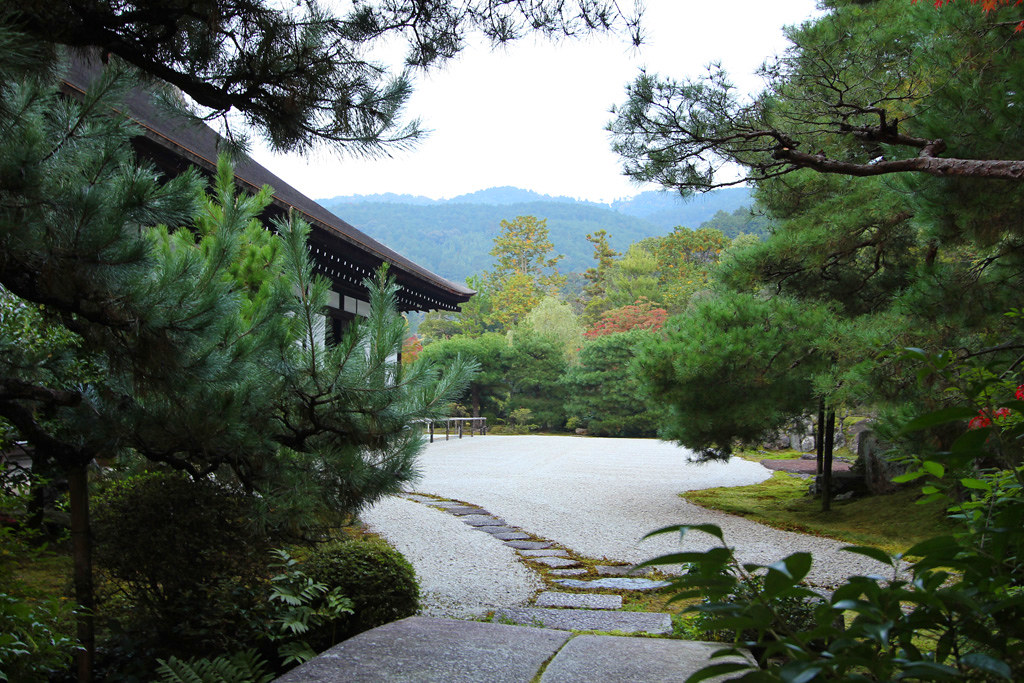
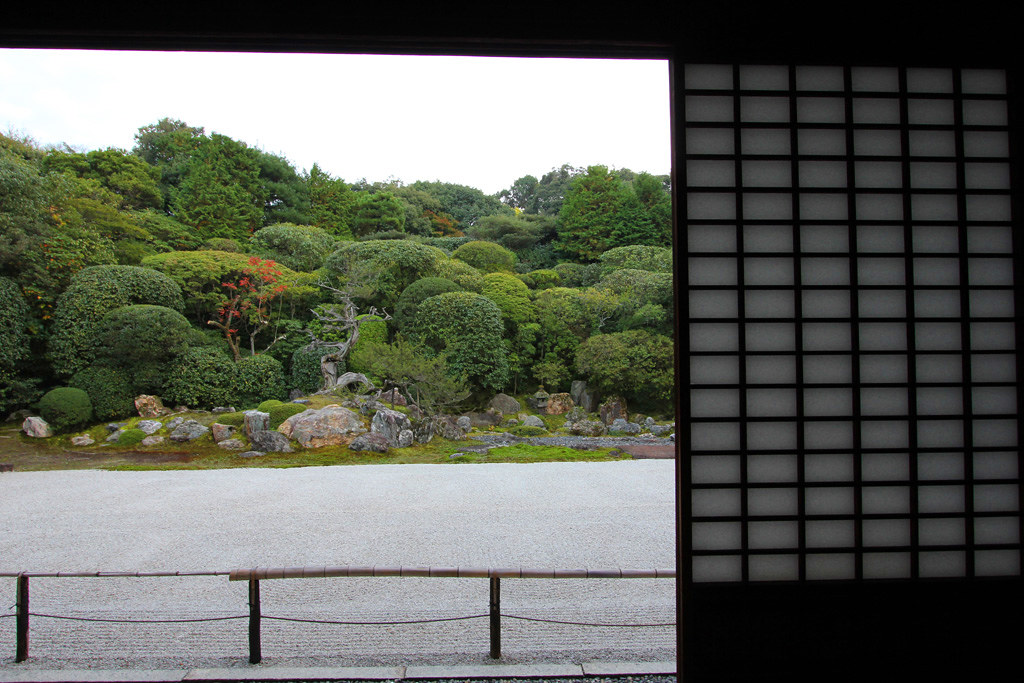

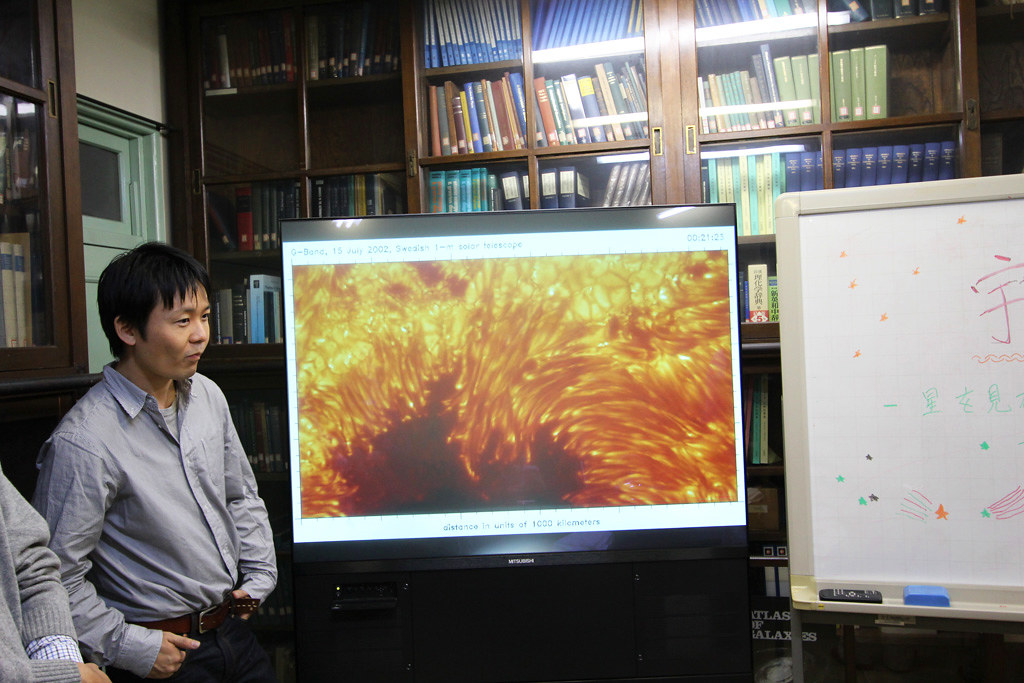
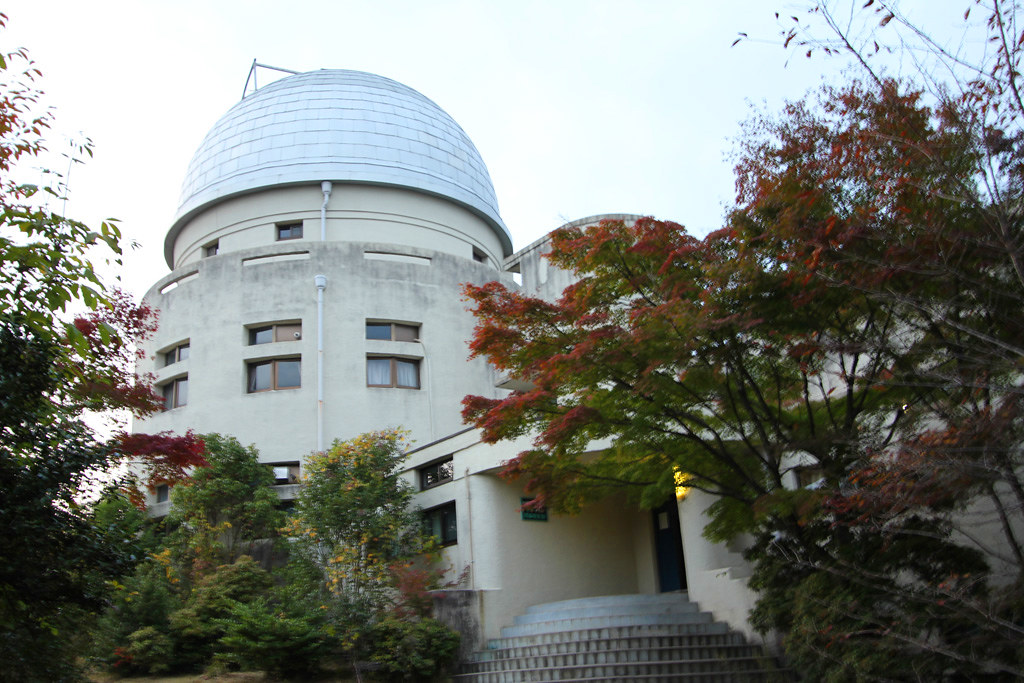

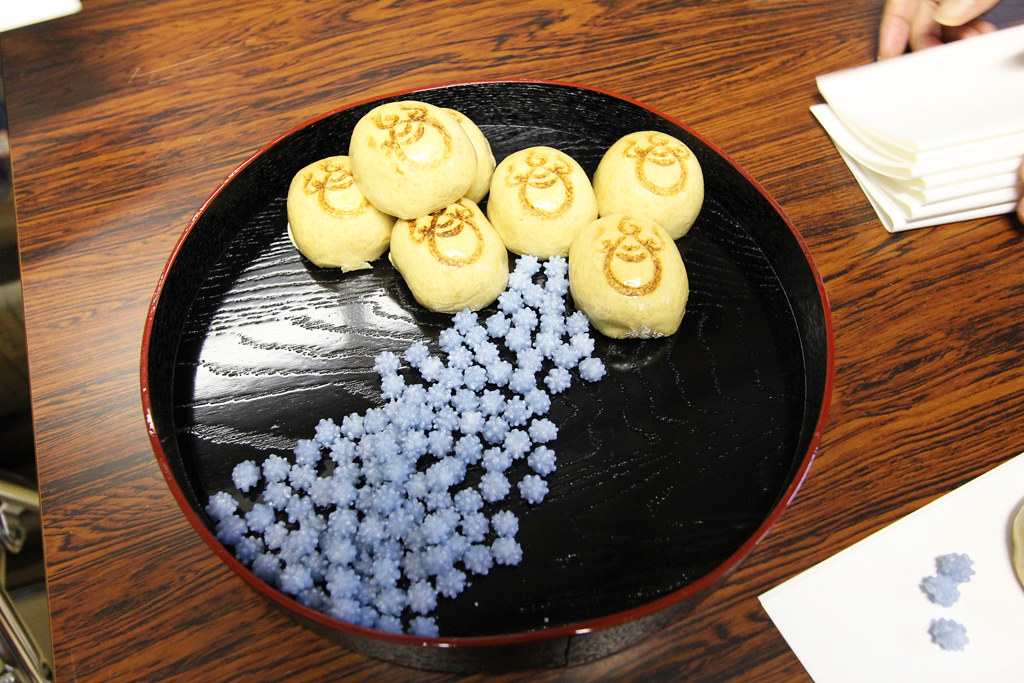
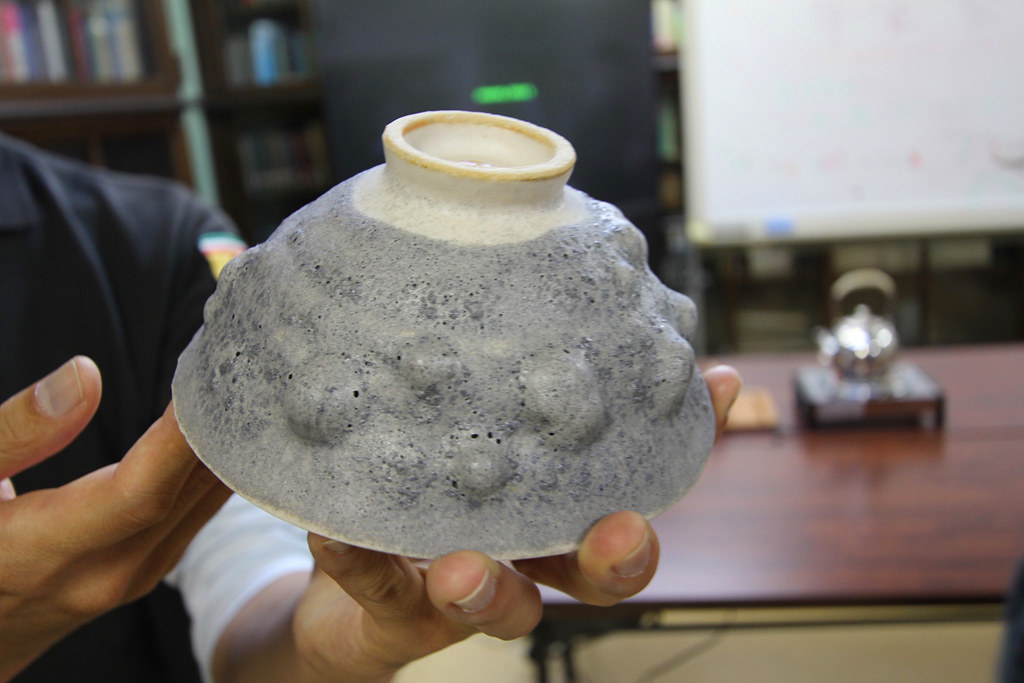

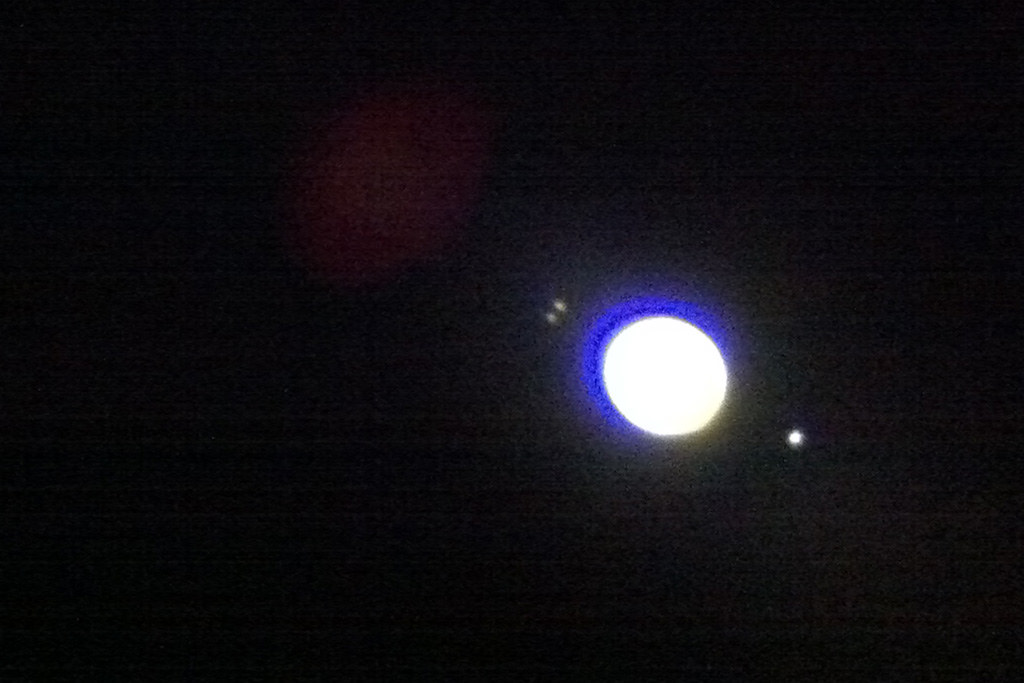












Leave a Reply